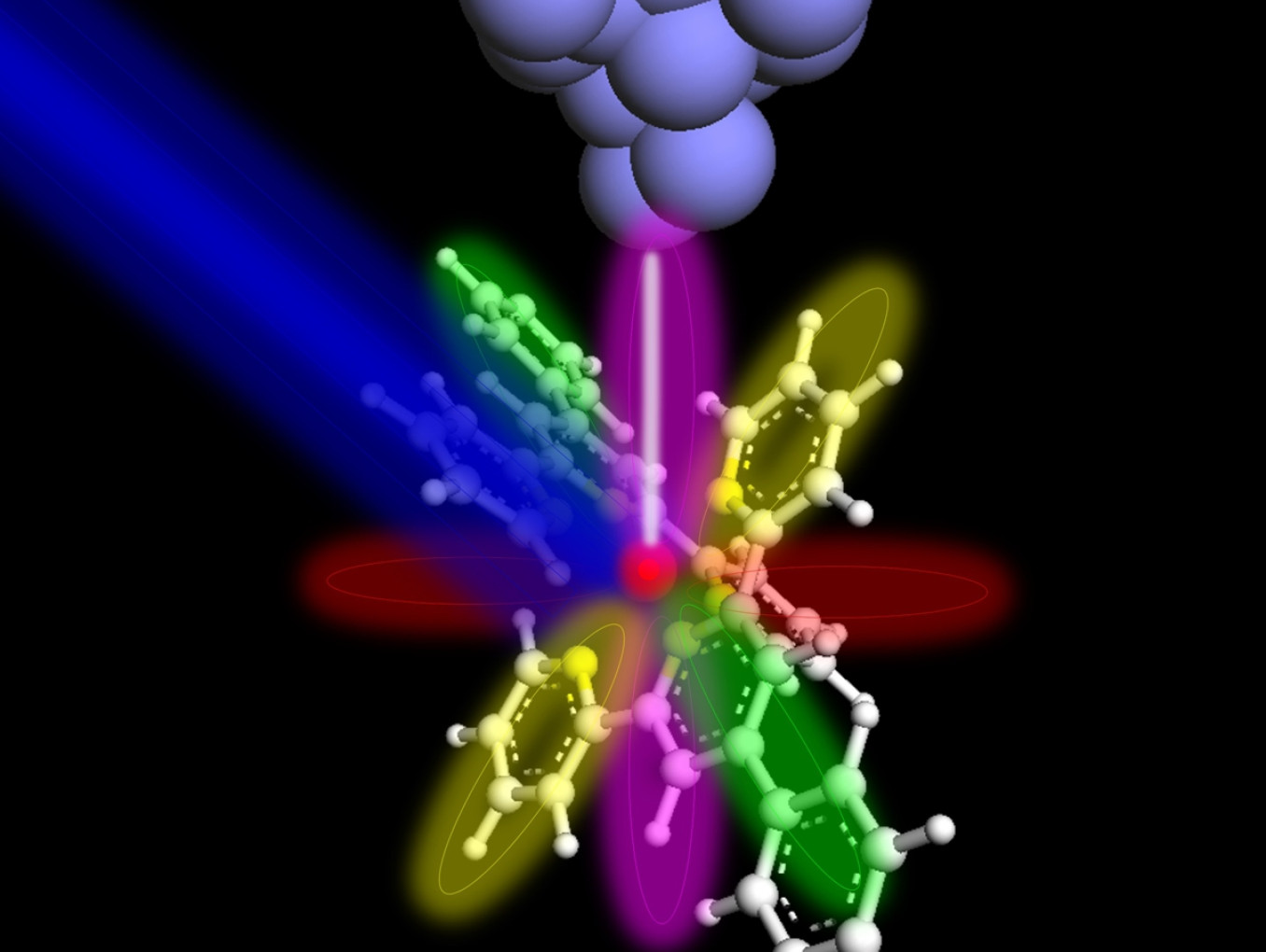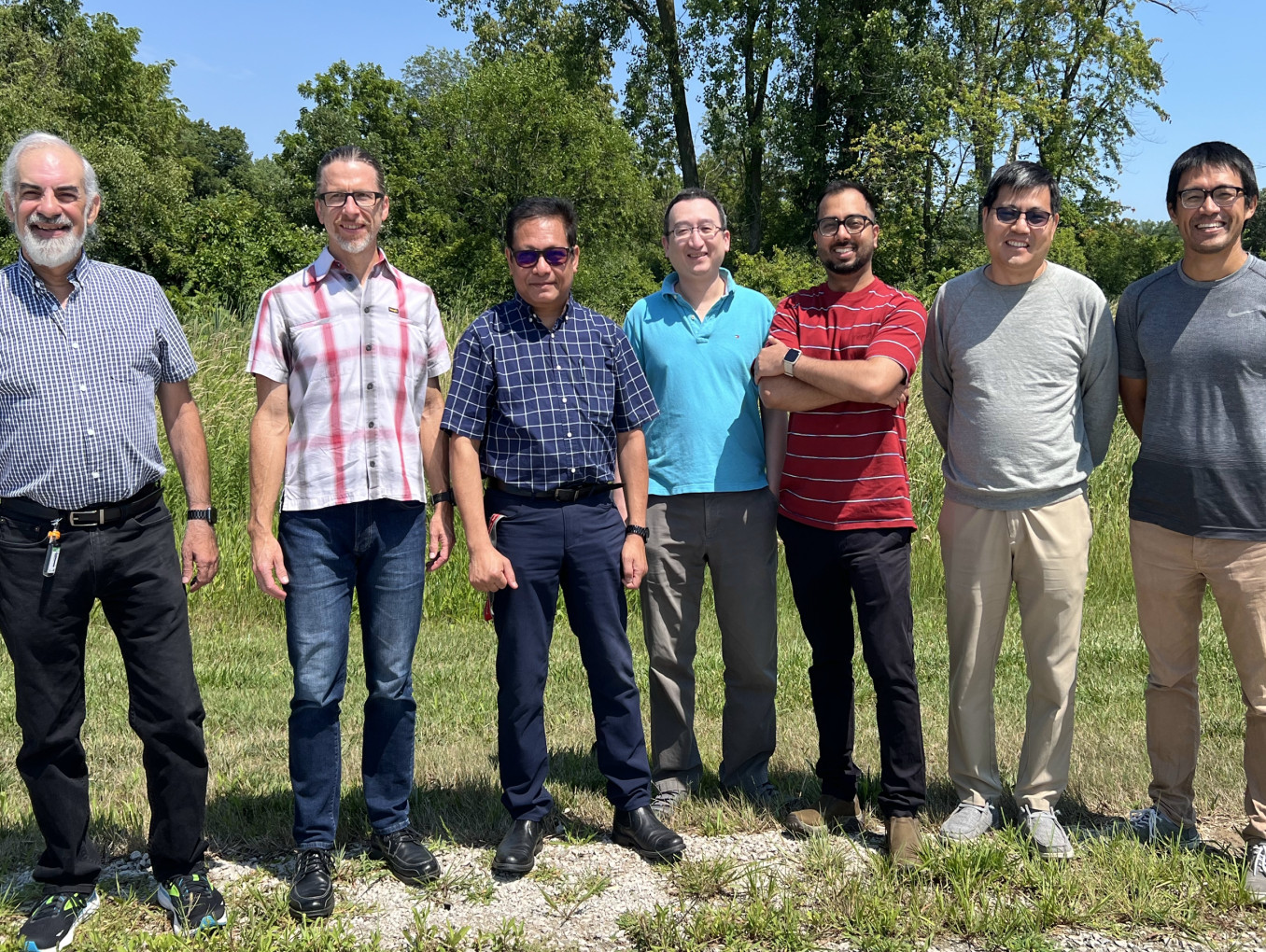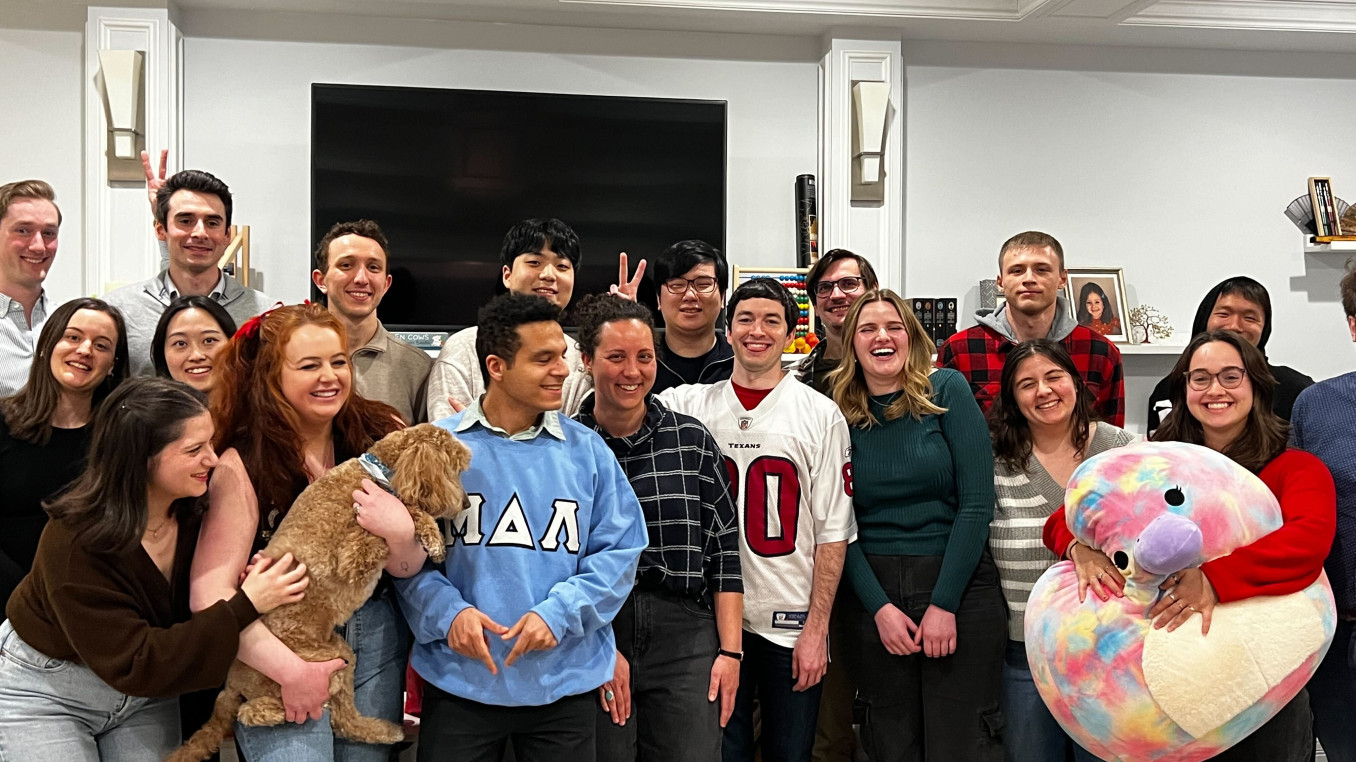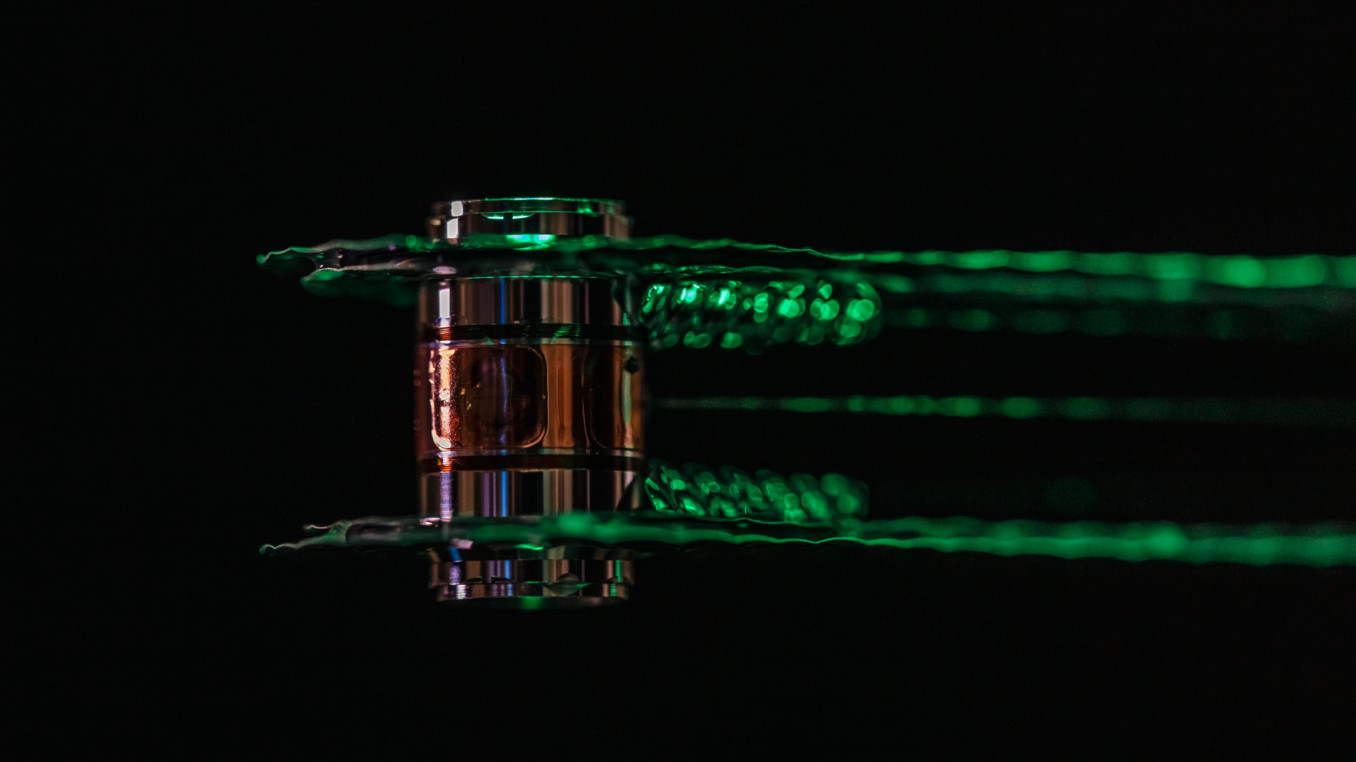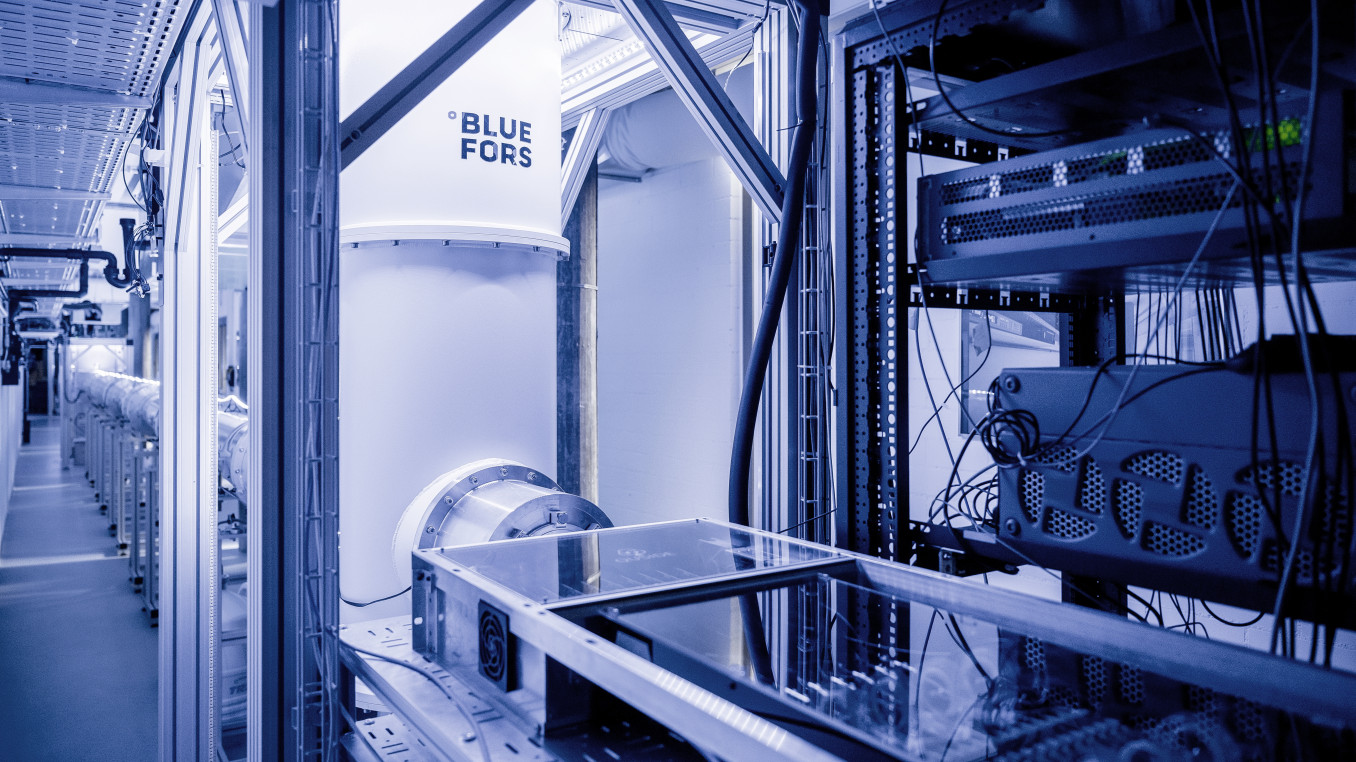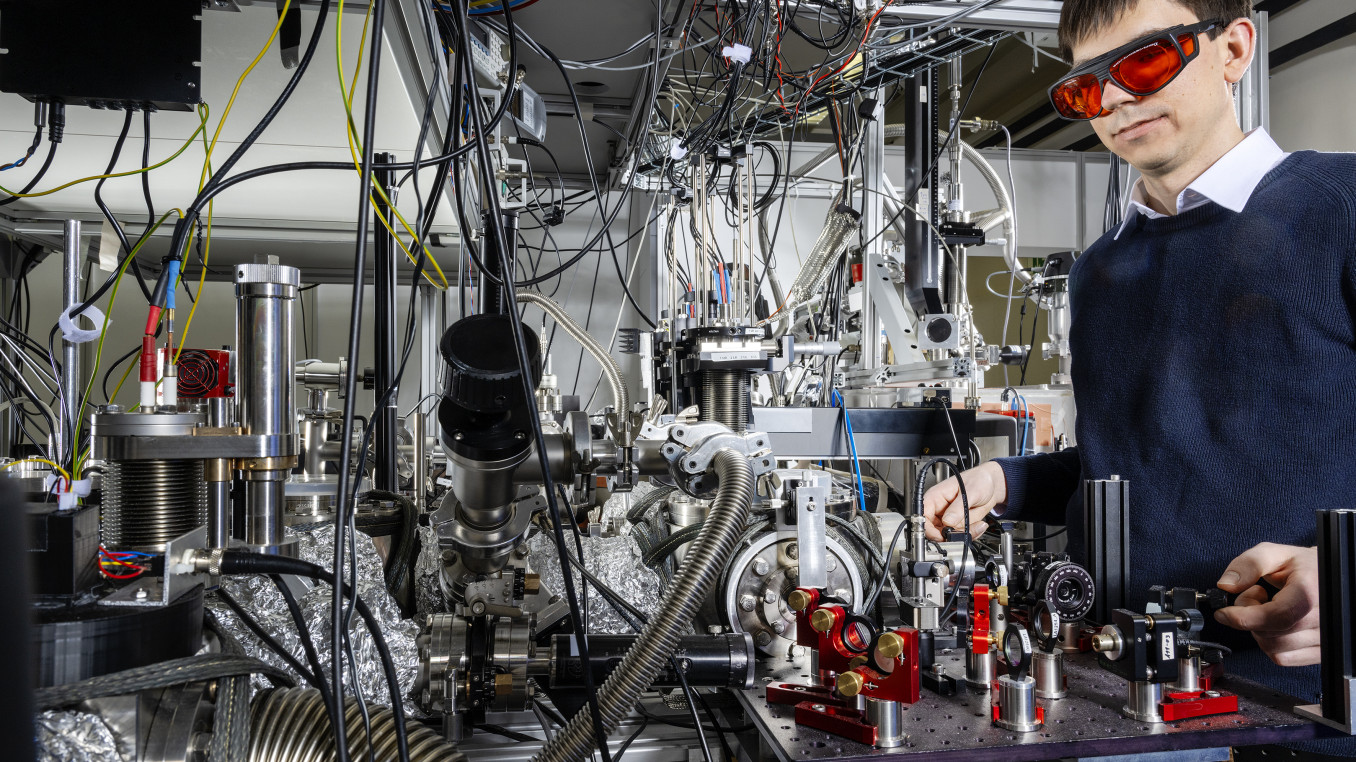Pioneering X-ray Advances: Saw Wai Hla’s Breakthrough in Single-Atom Detection
Breaking the Wall of 128 Years of X-ray History
Science Breakthrough of the Year 2024 Interview: Physical Sciences
Discover how groundbreaking research is revolutionizing the field of X-rays after 128 years! Join us for an exclusive interview with Saw Wai Hla, the 2024 Physical Sciences winner, who has shattered the limitations of X-ray detection by achieving the extraordinary feat of detecting a single atom. Learn about his journey, innovative techniques, and the profound implications for future scientific advancements.
Which wall does your research or project break?
Since Roentgen's discovery of X-rays in 1895, they have been utilized in many areas, from medical, environmental, and material science to security screening. Even NASA’s Mars rovers, from Viking landers to Curiosity, have X-ray instruments for material characterization. X-ray characterization of materials typically requires a large enough quantity of materials. Even after 128 years of its discovery and after spending billions of dollars to invent new instruments, the most advanced X-ray instruments can detect only down to an attogram (one billionth of a billionth of 1 gram) of materials, which is still about 10,000 atoms or more and gaining access to a much smaller sample beyond this limit is becoming extremely difficult. If X-rays could be used to detect just one atom, it would further revolutionize their applications to an unprecedented level, from quantum information technology to environmental and medical research. Reducing the material quantity is a long-standing goal of scientists, and we break this barrier by detecting X-ray signals from just one atom, enabling simultaneous characterization of the atom's elemental and chemical state. Instead of using conventional detectors, our team utilized a specialized detector made of a sharp metal tip positioned at extreme proximity to the sample to collect X-ray excited electrons. Our achievement connects synchrotron X-rays with a quantum tunneling process and opens future X-ray experiments for simultaneous characterizations of elemental and chemical properties of materials at the ultimate single-atom limit.
What are the three main goals of your research or project?
X-ray signals can accurately be used as the fingerprints of elemental types in the periodic table, allowing us to identify materials. However, the minimum quantity to detect the X-ray signal is an attogram, which is about 10,000 atoms or more. Our first goal is to break this barrier and reduce the sample size to just one atom. We demonstrated this by identifying one iron (Fe) atom and one terbium (Tb) atom using X-ray signals.
Our second goal is to simultaneously determine the atom’s chemical state. For example, Fe has chemical states of Fe2+, Fe3+, and Fe4+. Although it is the same element, depending on its chemical state, Fe's reactivity is drastically different, impacting its applications. We have achieved this goal by simultaneously identifying the iron atom as Fe2+ and the terbium as Tb3+.
Our third goal is to tailor the chemical environment of the rare-earth atoms for energy and emission applications. Now, we can study the chemical environment of just one atom precisely, which will tremendously improve in designing new rare-earth complex structures for applications.
What advice would you give to young scientists or students interested in pursuing a career in research, or to your younger self starting in science?
A career in research is driven by curiosity. In my perspective, research is the most rewarding, exciting, and satisfying career. I am always excited on Monday mornings to go to the lab because new results may be discovered.
Nowadays, most experimental research requires teamwork. Experts in different areas join to solve a unique problem. In doing research, it is critical to respect the team members each other.
Diversity is also the key. Creativity does not depend on race, gender, religion, or sexual orientation.
Be honest. It is very important in a research career.
Research is also about solving scientific problems, and when you encounter research hurdles, don’t give up. Think outside of the box.
What inspired you to be in the profession you are today?
There are so many things we don’t know about our surroundings and our universe. Unlocking the hidden things about nature is one of my biggest dreams. Scientific discoveries and sharing this knowledge with future generations are the key driving factors for me to pursue the profession as a professor and a physicist.
What impact does your research or project have on society?
My research leverages quantum mechanics to develop safer, more effective X-ray diagnostic tools, enhancing both medical imaging and industrial applications such as semiconductor inspection.
What is one surprising fact about your research or project that people might not know?
Many people do not realize that X-ray tubes, despite being crucial for over a century, have remained fundamentally unchanged even as the quantum revolution has dramatically transformed computers and advanced other technologies. Our research aims to spark an X-ray revolution, making these essential tools safer and more effective for medical and industrial applications.
What’s the most exciting moment you've experienced over the course of your research or project?
The most exciting moment in this work was detecting the X-ray signal of one iron atom. I was so happy that it was hard for me to sleep for a few days.
